Perfume and Cologne and Other Scents
Alien Abduction Perfume
"Abduction is a unisex eau de parfum inspired by scents described by close encounter experiencers – the product of a collaboration between Joe Merrell and perfumer Christopher Gordon."It can be purchased for $85 from THE EYES ARE ALWAYS THERE.

A description of it from a review on parfumo.com:
Posted By: Alex - Sat Jun 01, 2024 -
Comments (2)
Category: Aliens, Perfume and Cologne and Other Scents
Follies of the Madmen #596
Posted By: Paul - Tue May 21, 2024 -
Comments (0)
Category: Stereotypes and Cliches, Advertising, 1960s, 1970s, Women, Perfume and Cologne and Other Scents
Scratch-n-Sniff Jeans
Available from Naked and Famous Denim. The poor man's version of this would be to spray some fragrance on your ratty old jeans.
Posted By: Alex - Thu May 16, 2024 -
Comments (4)
Category: Denim, Perfume and Cologne and Other Scents
Smell of the Apocalypse
A fragrance recently released by Thomson & Craighead is described as "a complex fragrance based on olfactory materials detailed in The Book of Revelation as it appears in the King James Bible first published in 1611."Some of those materials:
Thunder, blood, hail and fire, the creatures of the sea that have died, wormwood, a rod of iron, the opened earth, a grievous sore, the blood of a dead man, every living soul [who has] died in the sea, plagues, wine of her fornication, animal horns, filthiness of her fornication, blood of the martyrs of Jesus, flesh burned with fire, [and] a lake which burneth with fire and brimstone.
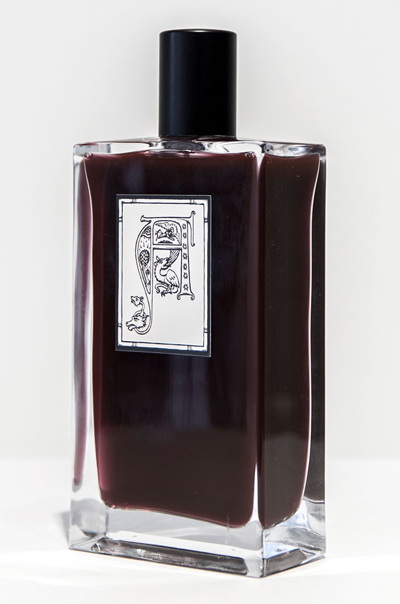
Posted By: Alex - Mon Mar 18, 2024 -
Comments (2)
Category: Armageddon and Apocalypses, Religion, Perfume and Cologne and Other Scents
Kevin aftershave
Perhaps the Minions have ruined the name Kevin for me, but it sounds to me like an odd name for an aftershave.I'm assuming that the price ($2.700,00) is not in American dollars.
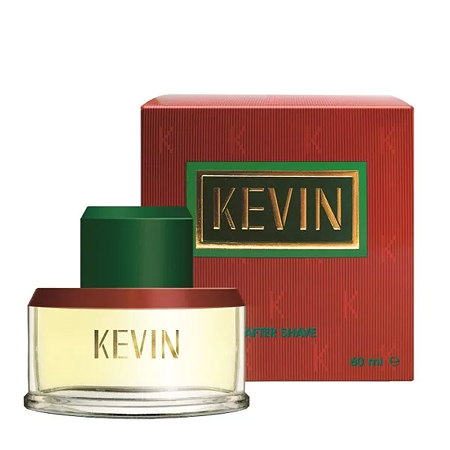
Posted By: Alex - Thu Jun 29, 2023 -
Comments (2)
Category: Perfume and Cologne and Other Scents
Chloroform Cologne
Advertised in The Queen magazine, 1901. Apparently Queen Victoria was a fan of chloroform vapors.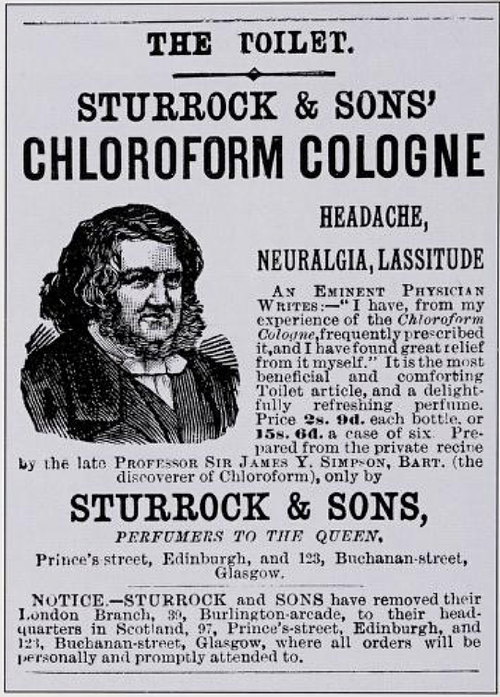
Posted By: Alex - Fri May 19, 2023 -
Comments (3)
Category: Nineteenth Century, Perfume and Cologne and Other Scents
The Perfume Concert of Sadakichi Hartmann
Nov 30, 1902: Sadakichi Hartmann gave the world's first "perfume concert" at the New York Theatre. It was meant to be a journey around the world via scents. Hartmann recited a travel monologue as fans blew scents toward the audience.The problem was that in the early 1900s people freely smoked in theaters. So no one beyond the first few rows could smell anything except cigar smoke. The audience soon left, en masse.
Wikipedia article about Sadakichi Hartmann.
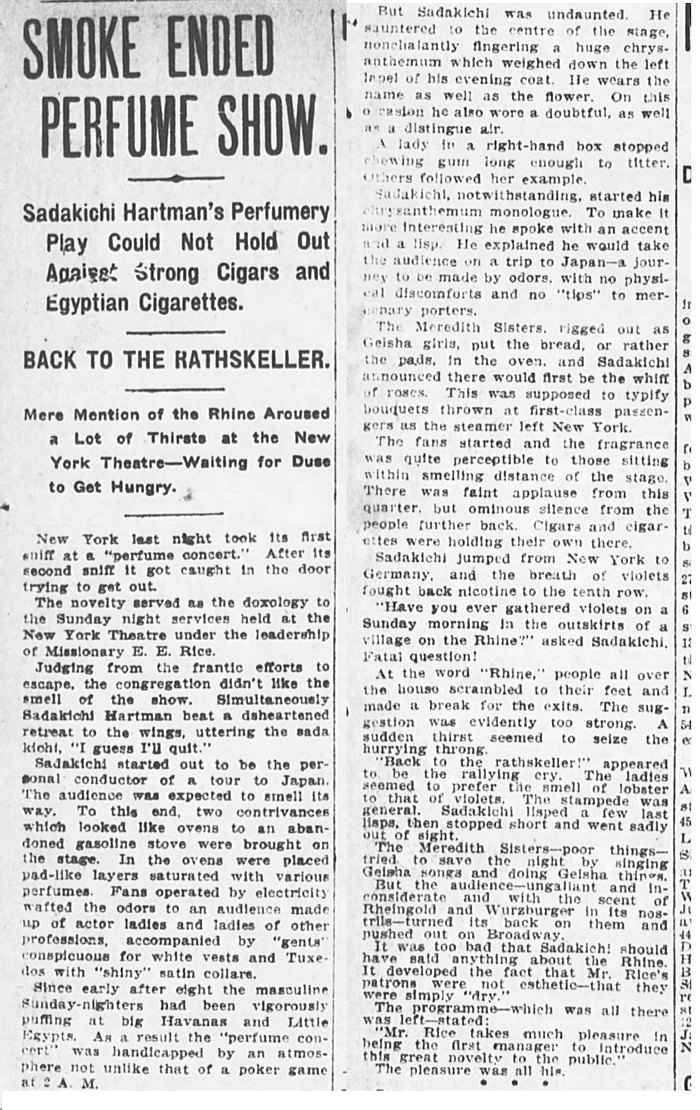
New York Evening World - Dec 1, 1902
Posted By: Alex - Sat Apr 15, 2023 -
Comments (2)
Category: Theater and Stage, 1900s, Perfume and Cologne and Other Scents
Cologne Drunkards
In the late nineteenth century, a brief moral panic emerged about the alleged existence of "cologne drunkards" — society women who inebriated themselves by means of sugar cubes soaked in cologne.Seems like an expensive way to consume alcohol, but I guess it's plausible that some women really did this.
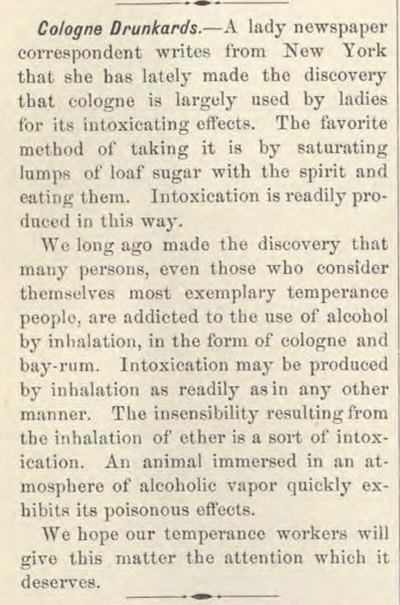
Good Health magazine - Apr 1885
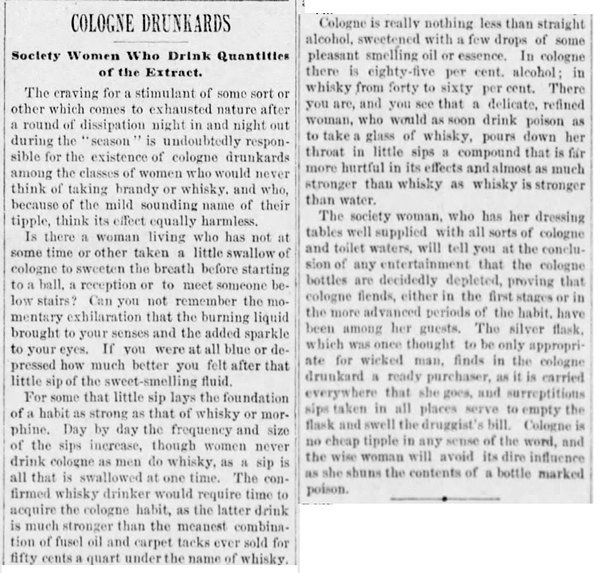
Philadelphia Times - Feb 7, 1893
Posted By: Alex - Mon Jan 23, 2023 -
Comments (1)
Category: Inebriation and Intoxicants, Nineteenth Century, Perfume and Cologne and Other Scents
Follies of the Madmen #548
Posted By: Paul - Mon Nov 28, 2022 -
Comments (1)
Category: Sex Symbols, Fantasy, 1970s, Perfume and Cologne and Other Scents
Harley-Davidson Perfume
Classic business failure: "Hot Road," an eau de toilette released by Harley-Davidson in the mid-1990s and quietly discontinued a year or two later. It wasn't exactly an "on brand" product.More info: Milwaukee Magazine
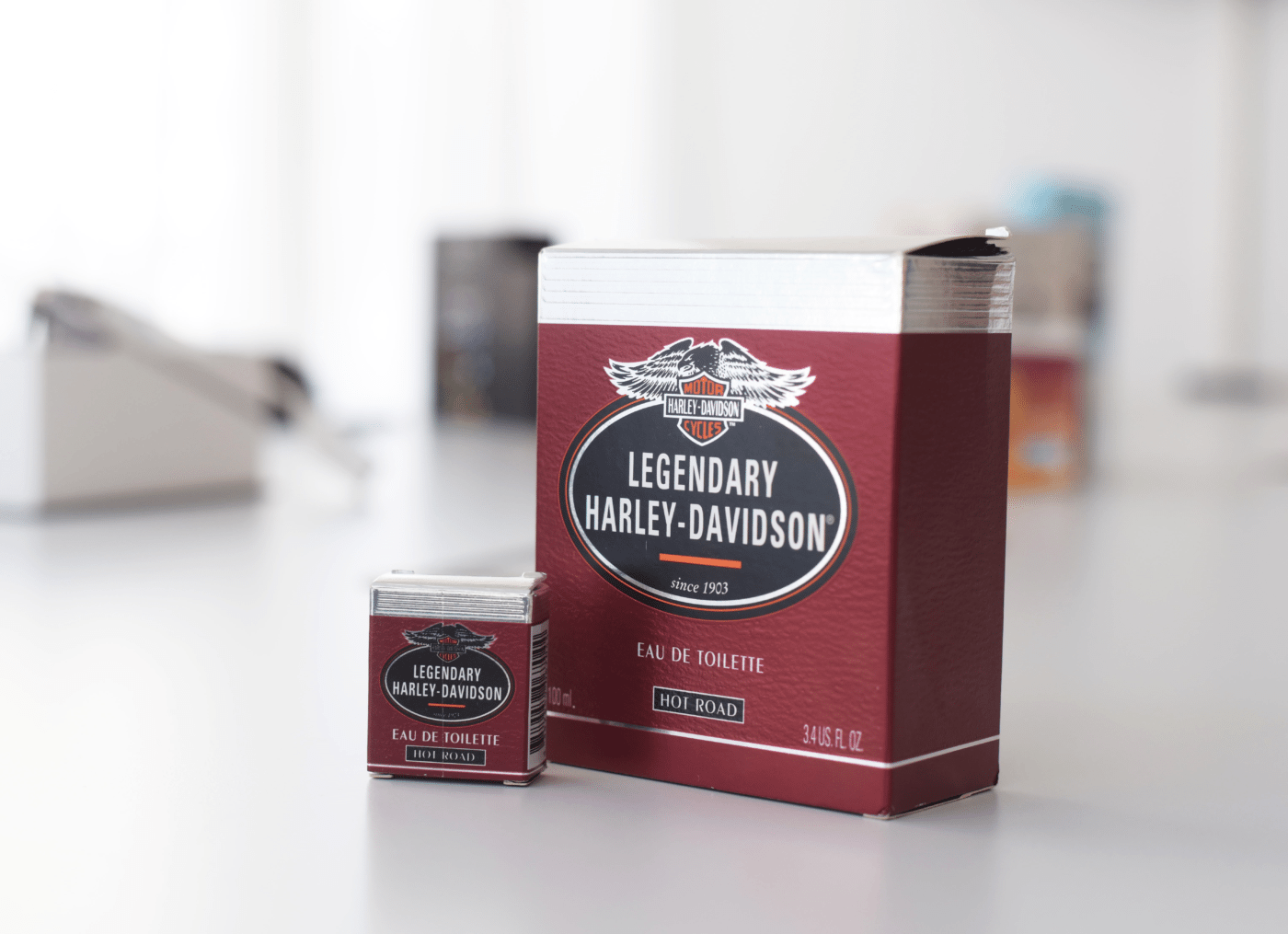
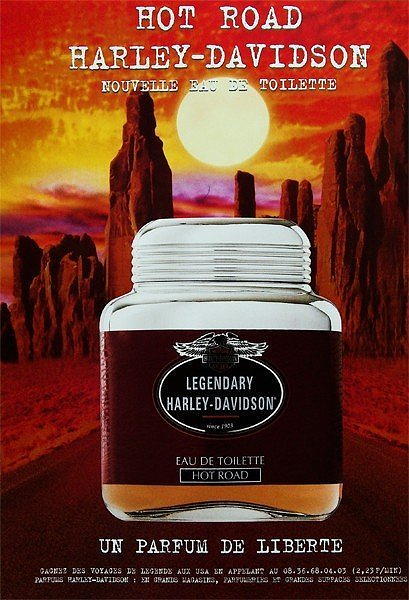
image source: parfumo.net
Posted By: Alex - Sun Sep 18, 2022 -
Comments (0)
Category: Business, Products, Success & Failure, 1990s, Perfume and Cologne and Other Scents

| Who We Are |
|---|
| Alex Boese Alex is the creator and curator of the Museum of Hoaxes. He's also the author of various weird, non-fiction, science-themed books such as Elephants on Acid and Psychedelic Apes. Paul Di Filippo Paul has been paid to put weird ideas into fictional form for over thirty years, in his career as a noted science fiction writer. He has recently begun blogging on many curious topics with three fellow writers at The Inferior 4+1. Contact Us |




